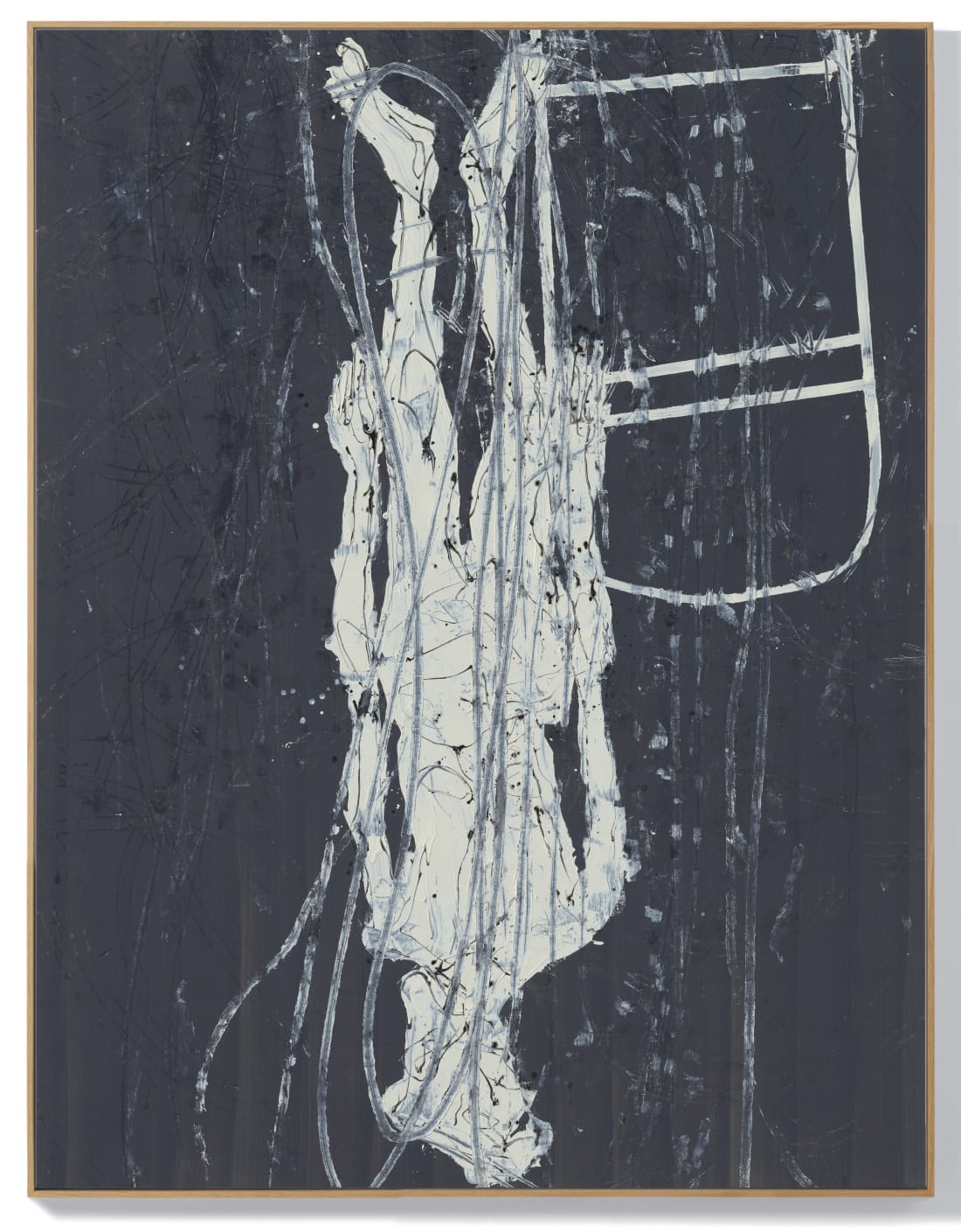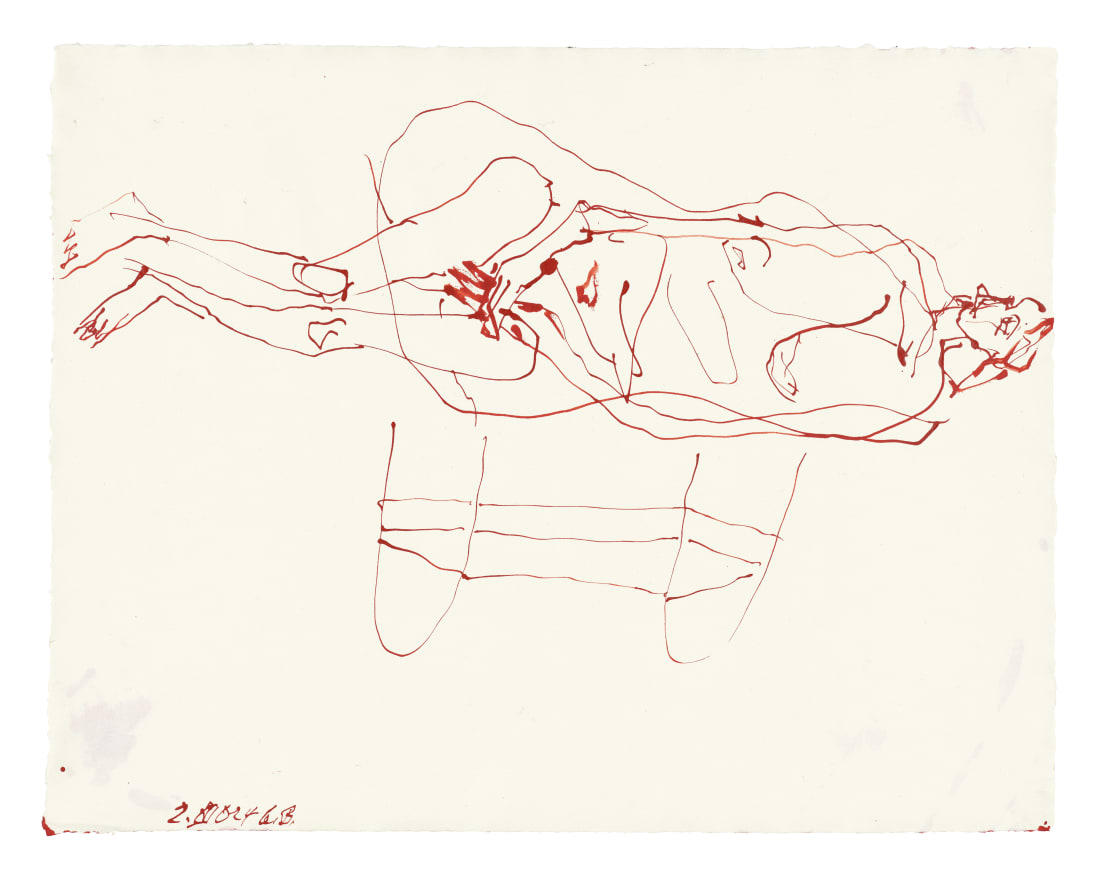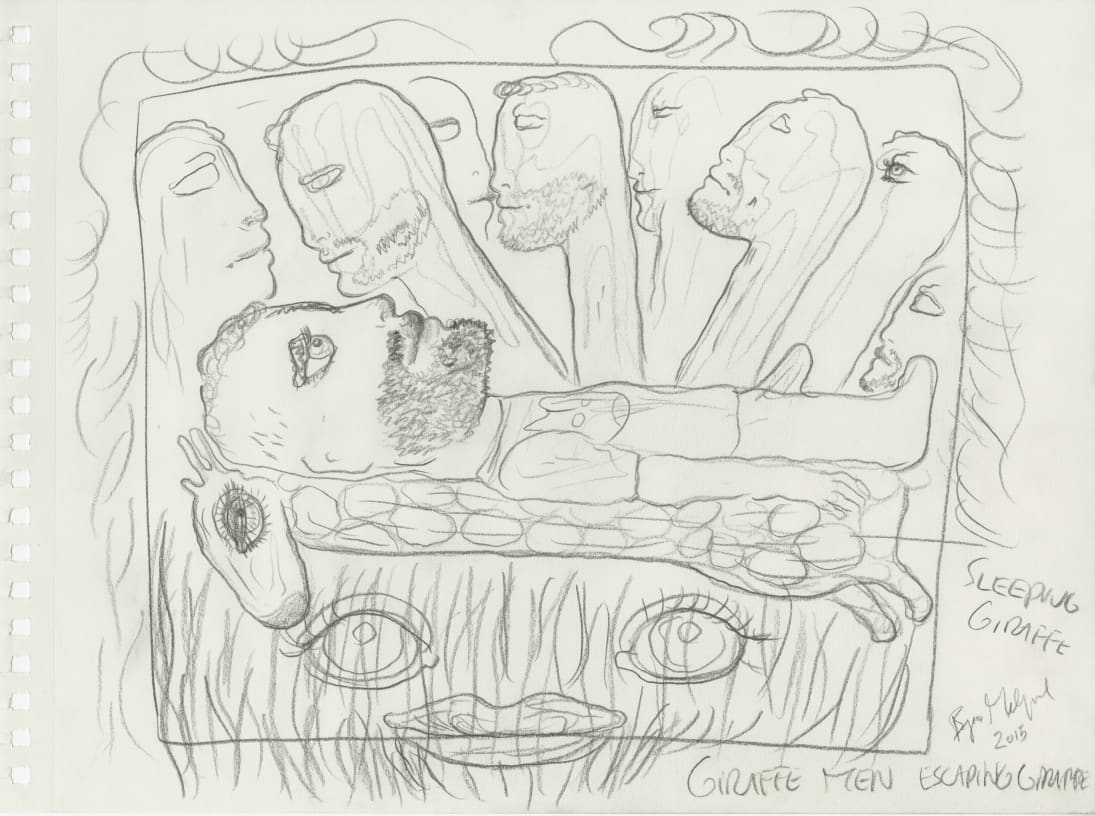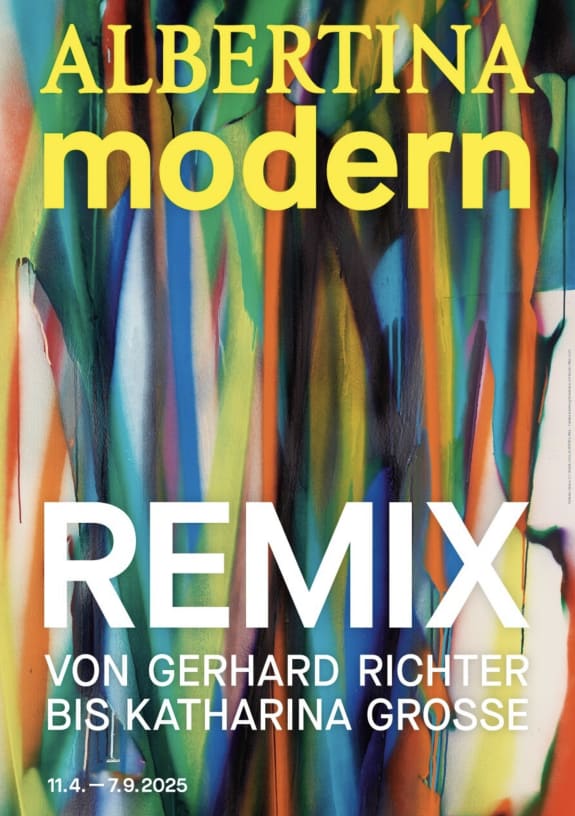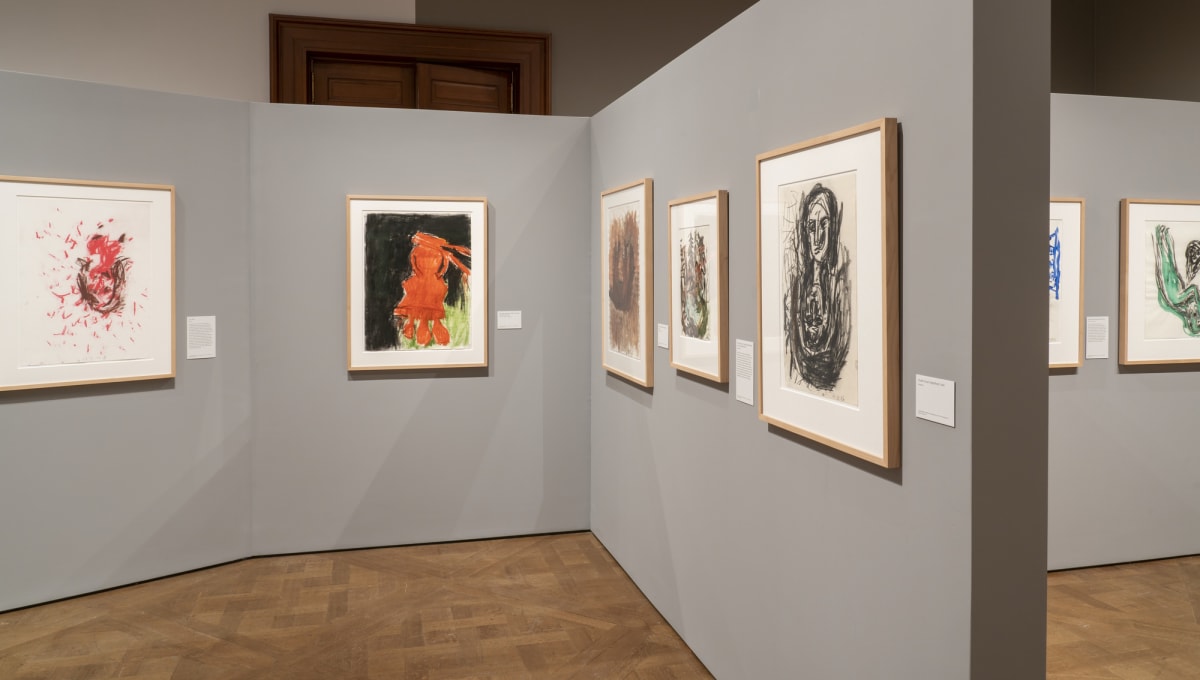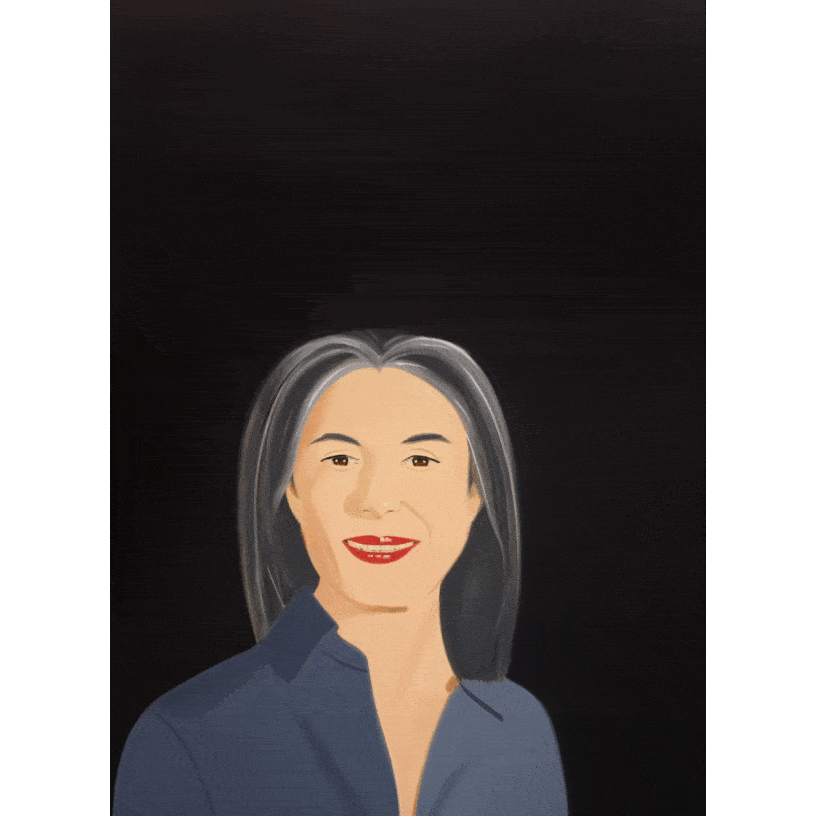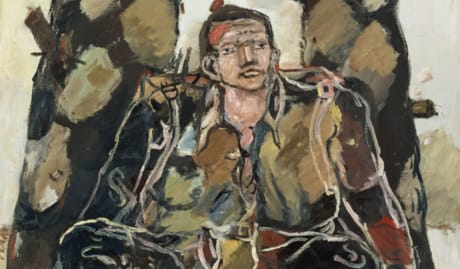

Georg Baselitz
Overview
'I began with drawings and paintings, in a way like digging, drilling, eavesdropping, ruminating, mining, as I thought about what lies behind or below. And so, transmuted into lines and forms, I have transported myself from my world into another one…'
Georg Baselitz has had a profound influence on international art since 1980 and is indisputably one of the most important artists of our time. He shaped a new identity for German art in the second half of the 20th century; in reaction to the trauma and tragedy of the Second World War, he developed an artistic vocabulary which draws on the work of his forebears, whilst remaining unique and wholly individual. Since then, Baselitz has consistently renewed his practice through formal developments, often responding to art history and his own extensive oeuvre to develop his central themes through an ever-evolving, yet distinct, mode of artistic expression.
The artist has been painting his compositions upside down since 1969. For Baselitz, this novel format was a way of emptying form of its content, navigating between abstraction and figuration, and revolutionising a medium that was then regarded as irredeemably conventional. His directly tactile method of painting with his fingers in the 1970s encouraged a freer use of colour and material that would come to the fore in his expressionist colour fields of the 1980s. This was a seminal decade for the artist, opening with his selection to represent Germany at the 1980 Venice Biennale alongside Anselm Kiefer, which marked his first foray into sculpture.
Georg Baselitz has had a profound influence on international art since 1980 and is indisputably one of the most important artists of our time. He shaped a new identity for German art in the second half of the 20th century; in reaction to the trauma and tragedy of the Second World War, he developed an artistic vocabulary which draws on the work of his forebears, whilst remaining unique and wholly individual. Since then, Baselitz has consistently renewed his practice through formal developments, often responding to art history and his own extensive oeuvre to develop his central themes through an ever-evolving, yet distinct, mode of artistic expression.
The artist has been painting his compositions upside down since 1969. For Baselitz, this novel format was a way of emptying form of its content, navigating between abstraction and figuration, and revolutionising a medium that was then regarded as irredeemably conventional. His directly tactile method of painting with his fingers in the 1970s encouraged a freer use of colour and material that would come to the fore in his expressionist colour fields of the 1980s. This was a seminal decade for the artist, opening with his selection to represent Germany at the 1980 Venice Biennale alongside Anselm Kiefer, which marked his first foray into sculpture.
The urge towards constant innovation has been present throughout his career, as in the Remix Paintings he has been creating since 2006 that re-examine the iconography of past works. By revisiting his own motifs and integrating subtle references to art history, Baselitz offers a reflection on the significance of painting itself. Asked about this self-referentiality, he stated: 'I kept sinking into myself, and everything I do is being pulled out of myself.' In recent works that feature the figures of the artist and his wife Elke, Baselitz engages in the struggle of representation, the inescapability of subjectivity, and the representation of the self through a significant other. He has also introduced a new technique in recent works created using a transfer method, in which the lightness, boldness and vivid colouration is conceived as an homage to Roy Lichtenstein.
Baselitz, who has worked with the gallery for over 20 years, lives between three different locations: Lake Ammersee in Bavaria, Salzburg, and Imperia in Liguria, Italy. Early in his career, his work was included in documenta 5 (1972) and 7 (1982). Following the 1980 Venice Biennale, he participated in a series of influential exhibitions: A New Spirit in Painting (1981) and German Art in the Twentieth Century (1985) at the Royal Academy of Arts, London; and Zeitgeist (1982) at the Martin-Gropius-Bau, Berlin. The Solomon R. Guggenheim Museum, New York, presented his first comprehensive retrospective in the United States in 1995, which toured to the Los Angeles County Museum of Art; Hirshhorn Museum, Washington, D.C.; and Nationalgalerie, Berlin. Further significant retrospectives were organised by the Musée d'Art Moderne de Paris, in 1996, and the Royal Academy of Arts, London, in 2007. In 2006 and 2007, the Pinakothek der Moderne, Munich, and the Albertina, Vienna, were the first to present his Remix cycle.
A retrospective of Baselitz's sculptures was held at the Musée d'Art Moderne de Paris (2011–12) and his Avignon series was presented at the Venice Biennale in 2015. His Heldenbilder (Hero Paintings) and Neue Typen (New Types) were shown at the Städel Museum, Frankfurt (2016), travelling to the Moderna Museet, Stockholm; Palazzo delle Esposizioni, Rome; and Guggenheim Bilbao. To mark the artist's 80th birthday in 2018, comprehensive solo exhibitions were held at the Fondation Beyeler, Basel; Hirshhorn Museum, Washington, D.C.; and Musée Unterlinden, Colmar, France. In 2019, he was elected to the Académie des Beaux-Arts in Paris and became the first living artist to have an exhibition at the Gallerie dell'Accademia, Venice, followed by his largest retrospective to date at the Centre Pompidou, Paris, in 2021.
Photo: Martin Müller
Videos





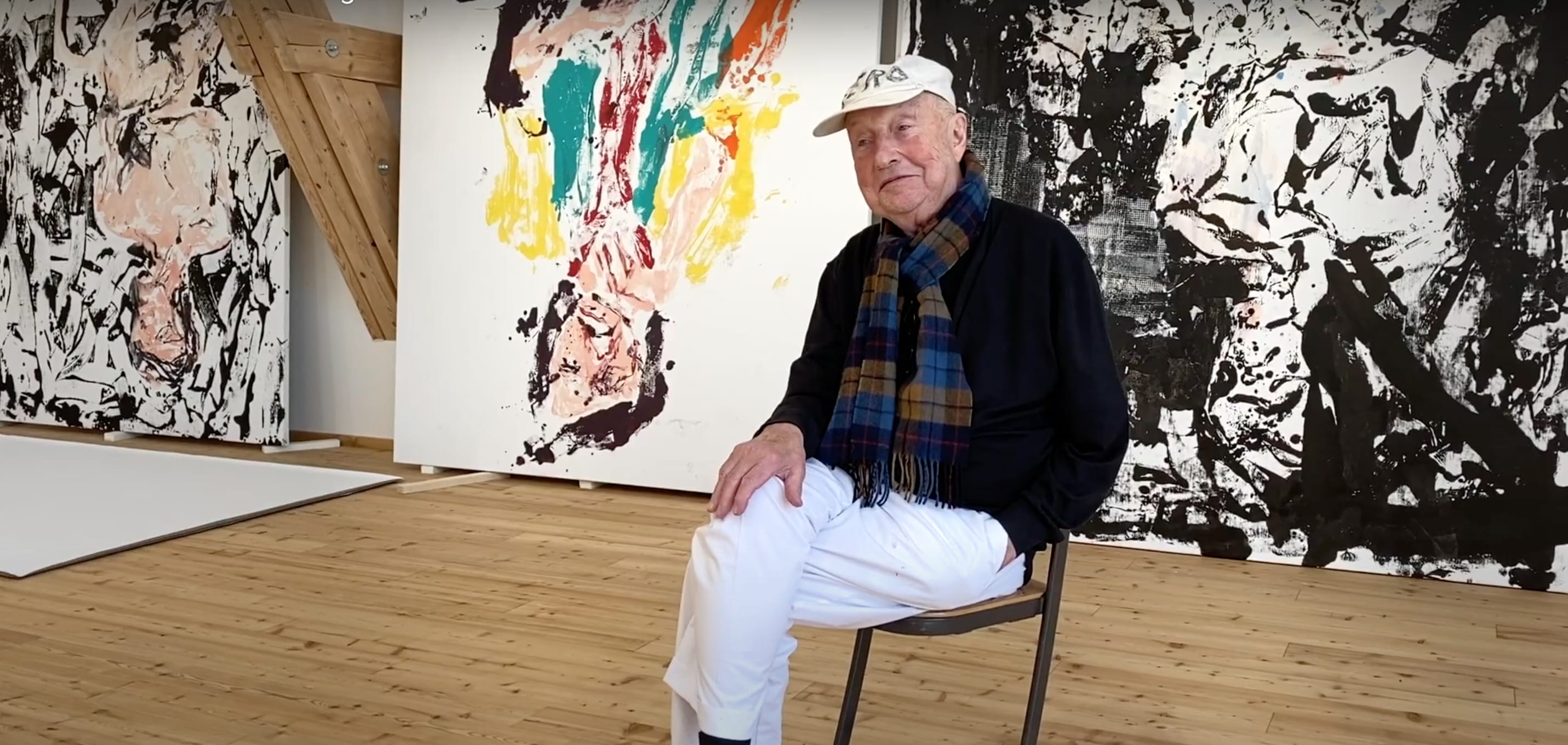









Artworks
Expositions

Catalogues



Georg Baselitz & Lucio Fontana
L'aurora viene
Catalogues

Georg Baselitz & Lucio Fontana
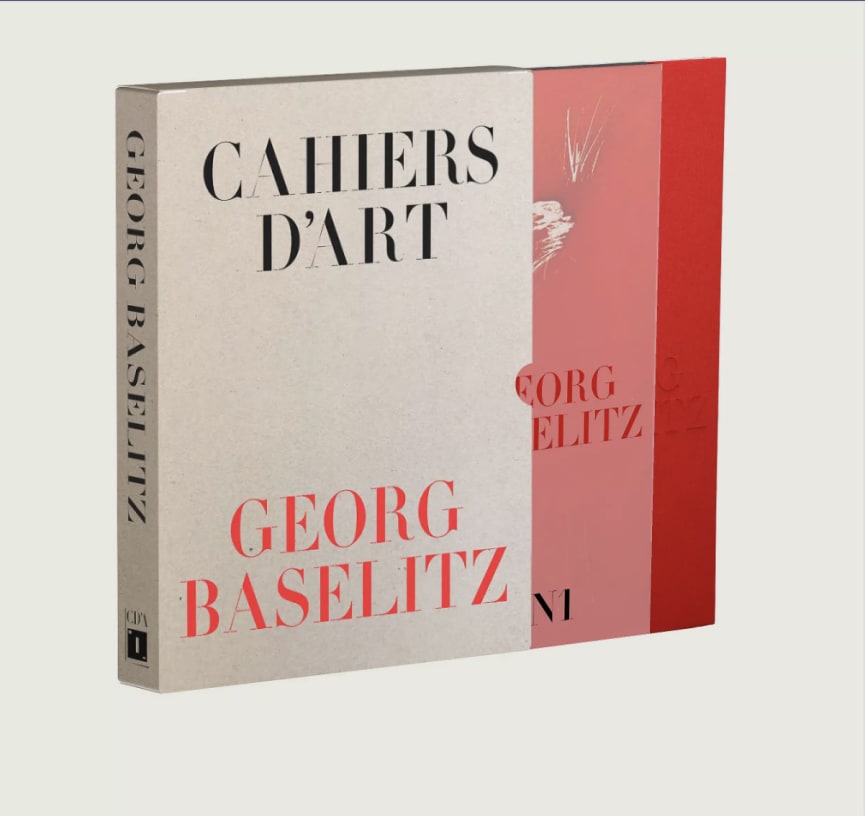
Revue Cahiers d’Art, Georg Baselitz
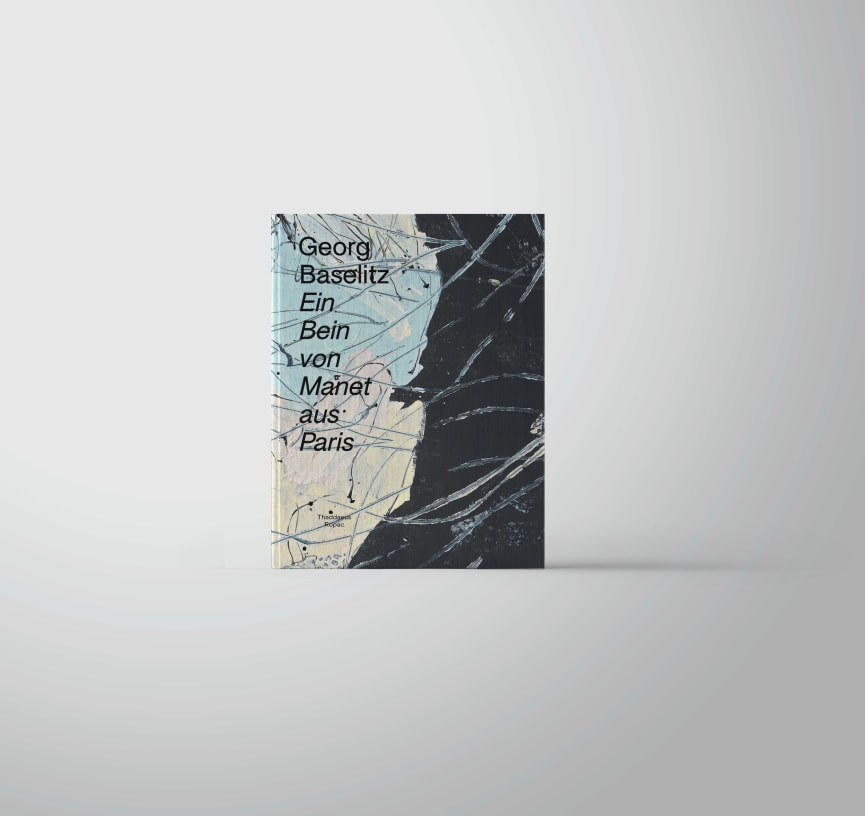
Georg Baselitz

Georg Baselitz

Georg Baselitz

Georg Baselitz

Georg Baselitz
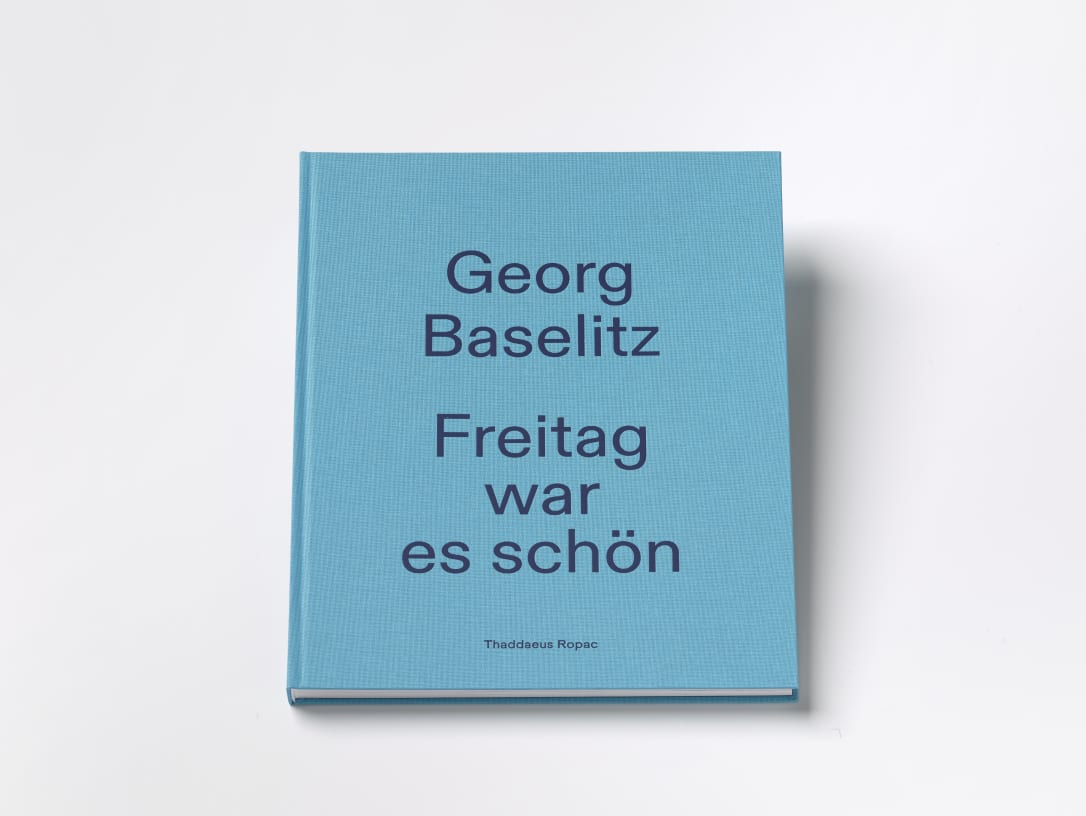
Georg Baselitz

Georg Baselitz

Georg Baselitz

Emilio Vedova & Georg Baselitz

Georg Baselitz

Georg Baselitz

Georg Baselitz

Georg Baselitz

Georg Baselitz


